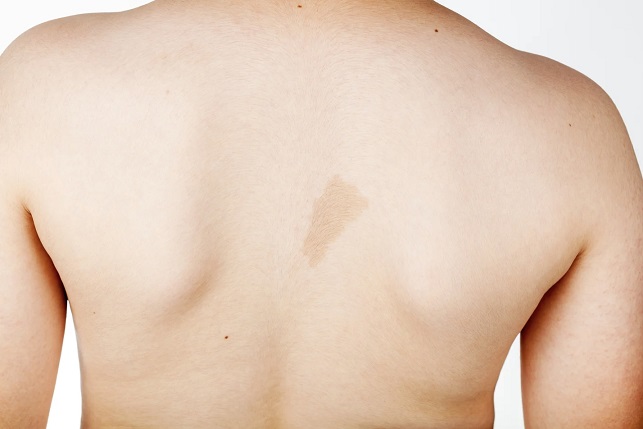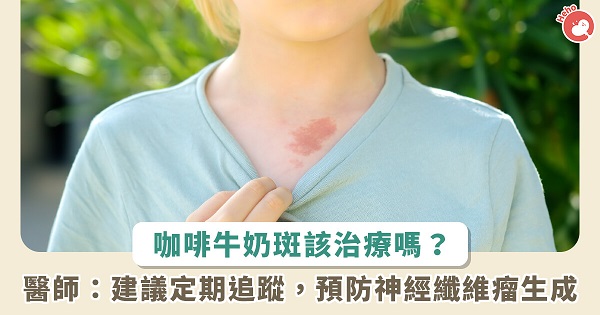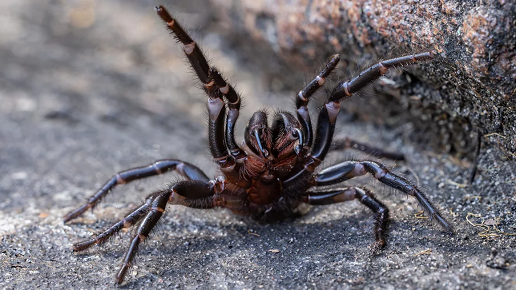Parents often hear the term "Café-au-Lait spots" during school health checkups, which causes concern. In fact, these spots may sometimes be a sign of "Neurofibromatosis" (NF), a genetic disorder caused by gene mutations. Although NF usually involves benign tumors, it can have profound effects on a child’s health and development.
Lele, a fourth-grade student, was found to have two Café-au-Lait spots larger than 1 cm during a school checkup. The doctor recommended that Lele’s mother take him to a pediatrician, and he was diagnosed with neurofibromatosis. Lele's mother realized that this was not just a small skin issue but a health concern that required continuous monitoring.
Types and Impact of Neurofibromatosis
Neurofibromatosis is primarily classified into two types: the more common NF1 and the rarer NF2. These tumors can appear throughout the body, especially around nerves, affecting different organ functions. In Taiwan, the incidence of neurofibromatosis is about 1 in 3,000, making it not a rare disease.
Typical symptoms of NF1 include six or more Café-au-Lait spots larger than 0.5 cm, freckling in the armpits or groin, and skin or subcutaneous fibromas, along with abnormalities in other organs. Diagnosis may involve collaboration among dermatologists, ophthalmologists, and orthopedic specialists, making early detection and interdisciplinary cooperation vital. Early diagnosis and treatment are crucial, as plexiform neurofibromas grow the fastest during childhood and adolescence before the age of 15. (Image / Heho Authorized)
Early diagnosis and treatment are crucial, as plexiform neurofibromas grow the fastest during childhood and adolescence before the age of 15. (Image / Heho Authorized)
Symptoms and Risks of Plexiform Neurofibromas
One of the more severe forms of NF is "Plexiform Neurofibromas" (PN), which may compress internal organs, leading to disfigurement, pain, and even motor dysfunction. Dr. Fan Bi-Juan emphasizes that children under 15 are in the fastest-growing phase for PN. If left untreated, these tumors may become malignant and significantly reduce survival rates.
Treatment and Future Outlook
Current treatment options include surgical tumor removal, but surgery can be challenging if the tumor grows in sensitive or deep internal areas. Encouragingly, medications targeting specific gene mutations in NF1 are being developed globally and are gradually being introduced into Taiwan's healthcare system, offering hope for patients.
Though neurofibromatosis may seem distant, if your child has Café-au-Lait spots, it’s important to seek medical advice from a pediatric neurologist early on to ensure the best care and future health for your child.







